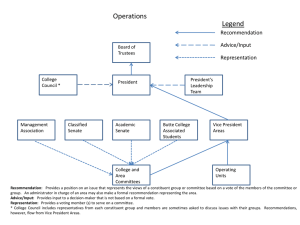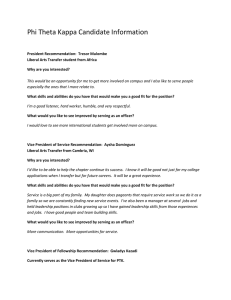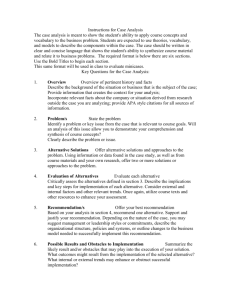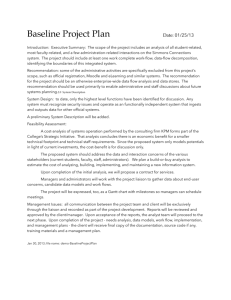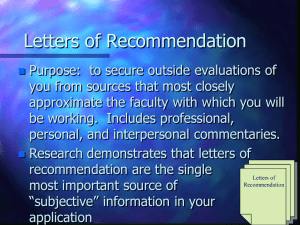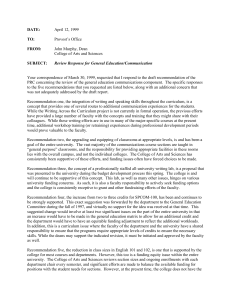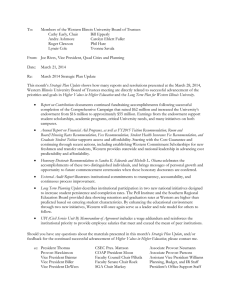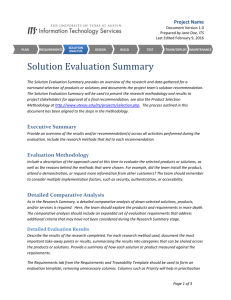Policy Paper Format
advertisement
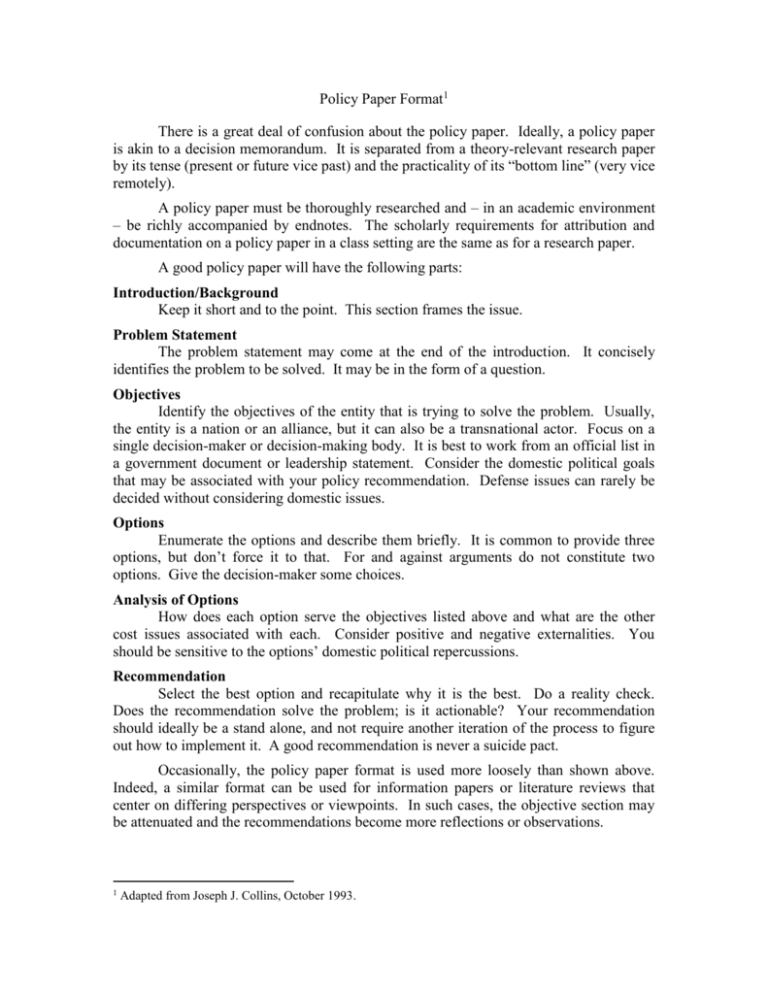
Policy Paper Format1 There is a great deal of confusion about the policy paper. Ideally, a policy paper is akin to a decision memorandum. It is separated from a theory-relevant research paper by its tense (present or future vice past) and the practicality of its “bottom line” (very vice remotely). A policy paper must be thoroughly researched and – in an academic environment – be richly accompanied by endnotes. The scholarly requirements for attribution and documentation on a policy paper in a class setting are the same as for a research paper. A good policy paper will have the following parts: Introduction/Background Keep it short and to the point. This section frames the issue. Problem Statement The problem statement may come at the end of the introduction. It concisely identifies the problem to be solved. It may be in the form of a question. Objectives Identify the objectives of the entity that is trying to solve the problem. Usually, the entity is a nation or an alliance, but it can also be a transnational actor. Focus on a single decision-maker or decision-making body. It is best to work from an official list in a government document or leadership statement. Consider the domestic political goals that may be associated with your policy recommendation. Defense issues can rarely be decided without considering domestic issues. Options Enumerate the options and describe them briefly. It is common to provide three options, but don’t force it to that. For and against arguments do not constitute two options. Give the decision-maker some choices. Analysis of Options How does each option serve the objectives listed above and what are the other cost issues associated with each. Consider positive and negative externalities. You should be sensitive to the options’ domestic political repercussions. Recommendation Select the best option and recapitulate why it is the best. Do a reality check. Does the recommendation solve the problem; is it actionable? Your recommendation should ideally be a stand alone, and not require another iteration of the process to figure out how to implement it. A good recommendation is never a suicide pact. Occasionally, the policy paper format is used more loosely than shown above. Indeed, a similar format can be used for information papers or literature reviews that center on differing perspectives or viewpoints. In such cases, the objective section may be attenuated and the recommendations become more reflections or observations. 1 Adapted from Joseph J. Collins, October 1993.
